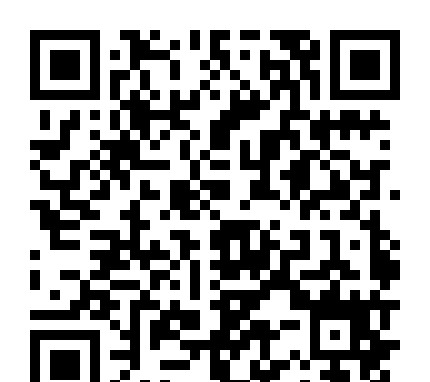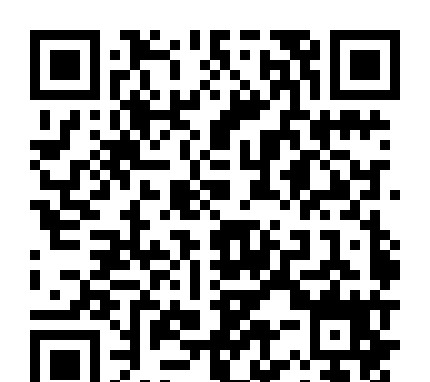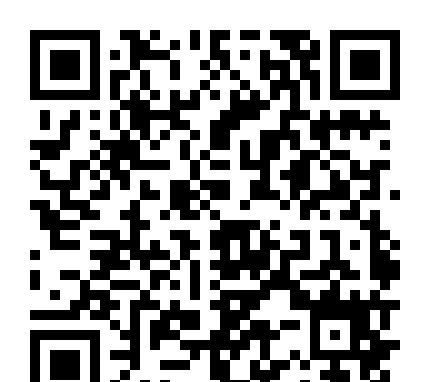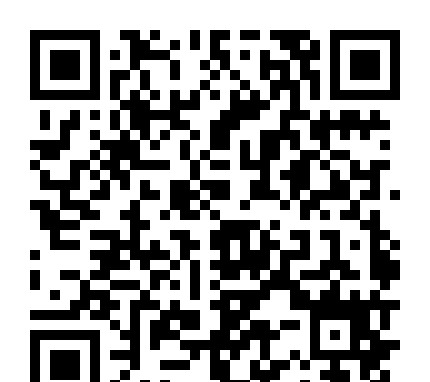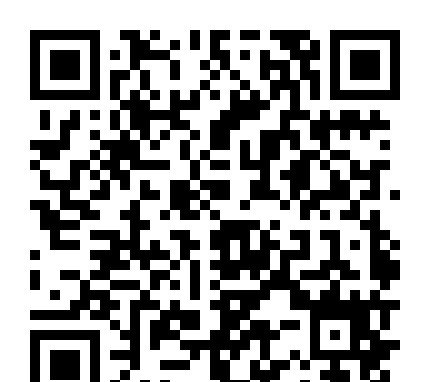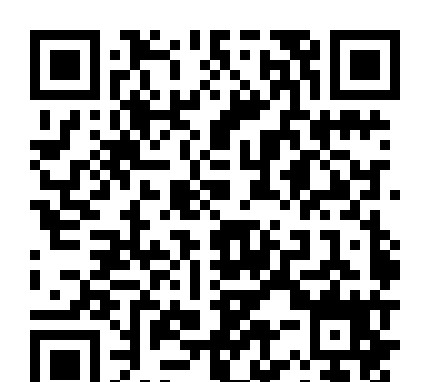|
Time-30 minutes 38 Questions
1. Although sales have continued to increase since last April, unfortunately the rate of increase has ——。
(A) resurged
(B) capitulated
(C) retaliated
(D) persevered
(E) decelerated
2. Although the mental process that creates a fresh and original poem or drama is doubtless —— that which originates and elaborates scientific discoveries, there is clearly a discernible difference between the crea- tors
(A) peripheral to
(B) contiguous with
(C) opposed to
(D) analogous to
(E) inconsistent with
3. It is disappointing to note that the latest edition of the bibliography belies its long-standing reputation for —— by —— some significant references to recent publications.
(A) imprecision…… appropriating
(B) relevance…… adding
(C) timeliness…… updating
(D) meticulousness…… revising
(E) exhaustiveness…… omitting
4. Although Simpson was ingenious at —— to appear innovative and spontaneous, beneath the ruse he remained uninspired and rigid in his approach to problem-solving.
(A) intending
(B) contriving
(C) forbearing
(D) declining
(E) deserving
5. She was criticized by her fellow lawyers not because she was not ——, but because she so —— pre- pared her cases that she failed to bring the expected number to trial.
(A) well versed…… knowledgeably
(B) well trained…… enthusiastically
(C) congenial…… rapidly
(D) hardworking…… minutely
(E) astute…… efficiently
6. Schlesinger has recently assumed a conciliatory atti- tude that is not —— by his colleagues, who con- tinue to —— compromise.
(A) eschewed…… dread
(B) shared…… defend
(C) questioned…… reject
(D) understood…… advocate
(E) commended…… disparage
7. The National Archives contain information so ——that researchers have been known never to publish because they cannot bear to bring their studies to an end.
(A) divisive
(B) seductive
(C) selective
(D) repetitive
(E) resourceful
8. HILL: MOUNTAIN::
(A) grass: rocks
(B) autumn: winter
(C) creek: river
(D) star: sun
(E) cliff: slope
9. AERATE: OXYGEN::
(A) eclipse: light
(B) desiccate: moisture
(C) precipitate: additive
(D) hydrate: water
(E) striate: texture
10. ORCHESTRA: MUSICIAN:
(A) cube: side
(B) kilometer: meter
(C) sonnet: poem
(D) biped: foot
(E) pack: wolf
11. EQUIVOCATION: MISLEADING::
(A) mitigation: severe
(B) advice: peremptory
(C) bromide: hackneyed
(D) precept: obedient
(E) explanation: unintelligible
12. CENSORSHIP: COMMUNICATION::
(A) propaganda: ideology
(B) preservative: decay
(C) revision: accuracy
(D) rest: atrophy
(E) exercise: fitness
13. BUS: PASSENGERS:
(A) flock: birds
(B) tanker: liquid
(C) envelope: letter
(D) bin: coal
(E) automobile: gasoline
14. BALLAD: STANZA::
(A) novel: chapter
(B) poem: meter
(C) play: dialogue
(D) movie: script
(E) photograph: caption
15. DISABUSE: FALLACY::
(A) cure: disease
(B) persevere: dereliction
(C) belittle: imperfection
(D) discredit: reputation
(E) discern: discrimination
16. BLANDISHMENT: CAJOLE::
(A) prediction: convince
(B) obstacle: impede
(C) embellishment: praise
(D) deficiency: compensate
(E) compliment: exaggerate#p# Although the hormone adrenaline is known to regulate memory storage, it does not pass from the blood into brain cells. We are faced with an apparent paradox: how can a hormone that does not act directly on the brain have such a(5)large effect on brain function?
Recently, we tested the possibility that one of the hormone‘s actions outside the brain might be responsible. Since one consequence of adrenaline release in an animal is an increase in blood glucose levels, we examined the(10)effects of glucose on memory in rats. We found that glu- cose injected immediately after training enhances memory tested the next day. Additional evidence was provided by negative findings: drugs called adrenergic antagonists,which block peripheral adrenaline receptors, disrupted(15)adrenaline’s ability to regulate memory but did not affect memory enhancements produced by glucose that was not stimulated by adrenaline. These results are as they should be if adrenaline affects memory modulation by increasing blood glucose levels.
17.The primary purpose of the passage is to
(A) reconcile two opposing theories
(B) compare two different explanations for a phe- nomenon
(C) describe experimental research that appears to support an unpopular theory
(D) present evidence that may help to resolve an apparent contradiction
(E) describe a hypothesis that has cause a con- troversy
18.It can be inferred from the passage that the author would most likely describe the "additional evidence"(line 12) provided by experiments with adrenergic antagonists as
(A) revolutionary
(B) disappointing
(C) incomplete
(D) unexpected
(E) corroborative
19.The passage provides information about which of the following topics?
(A) The mechanism by which glucose affects memory storage
(B) The evidence that prompted scientist to test the effects of adrenaline on memory regulation
(C) The reason that the effects of glucose on memory were tested
(D) The ways that memory storage modifies the struc- ture of the brain
(E) The kinds of training used to test memory enhance- ment in rats
20.The author refers to the results of the experiment using adrenergic antagonists as "negative findings" (line 13)
most likely because the adrenergic antagonists
(A) failed to disrupt adrenaline‘s effect on memory
(B) did not affect glucose‘s ability to enhance memory.
(C) did not block adrenaline‘s ability to increase blood glucose levels
(D) only partially affected adrenaline‘s ability to enhance memory
(E) disrupted both adrenaline‘s and glucose’s effect on memory
The age at which young children begin to make moral discriminations about harmful actions committed against themselves or others has been the focus of recent research into the moral development of children. Until recently,(5)child psychologists supported pioneer developmentalist Jean. Piaget in his hypothesis that because of their immaturity,children under age seven do not take into account the inten- tions of a person committing accidental or deliberate harm,but rather simply assign punishment for transgressions on(10)the basis of the magnitude of the negative consequences caused. According to Piaget, children under age seven occupy the first stage of moral development, which is char- acterized by moral absolutism (rules made by authorities must be obeyed) and imminent justice (if rules are broken,(15)punishment will be meted out)。 Until young children mature,their moral judgments are based entirely on the effect rather than the cause of a transgression. However, in recent research, Keasey found that six- year-old children not only distinguish between accidental and intentional harm, but(20)also judge intentional harm as naughtier, regardless of the amount of damage produced. Both of these findings seem to indicate that children, at an earlier age than Piaget claimed, advance into the second stage of moral develop- ment, moral autonomy, in which they accept social rules(25)but view them as more arbitrary than do children in the first stage. Keasey‘s research raises two key questions for develop- mental psychologists about children under age seven: do they recognize justifications for harmful actions, and do(30)they make distinctions between harmful acts that are pre- ventable and those acts that have unforeseen harmful con- sequences? Studies indicate that justifications excusing harmful actions might include public duty,self-defense, and provocation. For example, Nesdale and Rule concluded that(35)children were capable of considering whether or not an aggressor’s action was justified by public duty: five year olds reacted very differently to "Bonnie wrecks Ann‘s pretend house" depending on whether Bonnie did it "so somebody won’t fall over it" or because Bonnie wanted "to(40)make Ann feel bad."Thus, a child of five begins to under- stand that certain harmful actions, though intentional, can be justified; the constraints of moral absolutism no longer solely guide their judgments. Psychologists have determined that during kindergarten(45)children learn to make subtle distinctions involving harm. Darley observed that among acts involving unintentional harm, six-year-old children just entering kindergarten could not differentiate between foreseeable, and thus preventable,harm and unforeseeable harm for which the perpetrator(50)cannot be blamed. Seven months later, however, Darley found that these same children could make both distinc- tions, thus demonstrating that they had become morally autonomous.
21.Which of the following best describes the passage as a whole?
(A) An outline for future research
(B) An expanded definition of commonly misunder- stood terms
(C) An analysis of a dispute between two theorists
(D) A discussion of research findings in an ongoing inquiry
(E) A confirmation of an established authority‘s theory
22.According to the passage, Darley found that after seven months of kindergarten six year olds acquired which of the following abilities?
(A) Differentiating between foreseeable and unforesee- able harm
(B) Identifying with the perpetrator of a harmful action
(C) Justifying harmful actions that result from provo- cation
(D) Evaluating the magnitude of negative consequences resulting from the breaking of rules
(E) Recognizing the difference between moral absolu- tism and moral autonomy
23.According to the passage, Piaget and Keasey would not have agreed on which of the following points?
(A) The kinds of excuses children give for harmful acts they commit
(B) The age at which children begin to discriminate between intentional and unintentional harm
(C) The intentions children have in perpetrating harm
(D) The circumstances under which children punish harmful acts
(E) The justifications children recognize for mitigating punishment for harmful acts
24.It can be inferred that the term "public duty" (line 33)
in the context of the passage, means which of the fol- lowing?
(A) The necessity to apprehend perpetrators.
(B) The responsibility to punish transgressors
(C) An obligation to prevent harm to another
(D) The assignment of punishment for harmful action
(E) A justification for punishing transgressions
25.According to the passage, Keasey‘s findings support which of the following conclusions about six-year-old children?
(A)They have the ability to make autonomous moral judgments.
(B)They regard moral absolutism as a threat to their moral autonomy.
(C)They do not understand the concept of public duty.
(D)They accept moral judgment made by their peers more easily than do older children.
(E)They make arbitrary moral judgments.
26.It can be inferred form the passage that Piaget would be likely to agree with which of the following state- ments about the punishment that children under seven assign to wrongdoing?
(A) The severity of the assigned punishment is deter- mined by the perceived magnitude of negative consequences more than by any other factor.
(B) The punishment is to be administered immediately following the transgression.
(C) The children assign punishment less arbitrarily than they do when they reach the age of moral autonomy.
(D) The punishment for acts of unintentional harm is less severe than it is for acts involving accidental harm.
(E) The more developmentally immature a child, the more severe the punishment that the child will assign.
27.According to the passage, the research of Nesdale and Rule suggests which of the following about five-year- old children?
(A) Their reactions to intentional and accidental harm determine the severity of the punishments they assign.
(B) They, as perpetrators of harmful acts, disregard the feelings of the children they harm.
(C) They take into account the motivations of actions when judging the behavior of other children.
(D) They view public duty as a justification for acci- dental, but not intentional, harm.
(E) They justify any action that protects them from harm.
28. DEBUT:
(A) collaboration
(B) monologue
(C) farewell performance
(D) repertoire standard
(E) starring role
29. WITHER:
(A) disagree
(B) shine
(C) plant
(D) adhere
(E) revive
30. BUCK:
(A) cover over
(B) assent to
(C) brag about
(D) improve
(E) repair
31. MEAN:
(A) trusting
(B) ardent
(C) clever
(D) incautious
(E) noble
32. ADJUNCT:
(A) expert appraisal
(B) generous donation
(C) essential element
(D) mild reproof
(E) impartial judgment
33. CANONICAL:
(A) imprecise
(B) ubiquitous
(C) superfluous
(D) nontraditional
(E) divisive
34. TICKLISH:
(A) heavy-handed
(B) significant
(C) tolerant
(D) impartial
(E) imperturbable
35. PREVALENT:
(A) invasive
(B) inconsistent
(C) indistinct
(D) unpalatable
(E) unusual
36. PENURY:
(A) approbation
(B) affluence
(C) objectivity
(D) compensation
(E) grandiosity
37. MINATORY:
(A) convenient
(B) nonthreatening
(C) straightforward
(D) fastidious
(E) rational
38. CALUMNIOUS:
(A) adept
(B) aloof
(C) quaint
(D) decorous
(E) flattering | 


